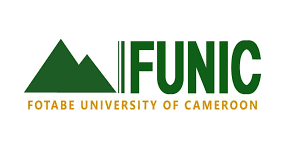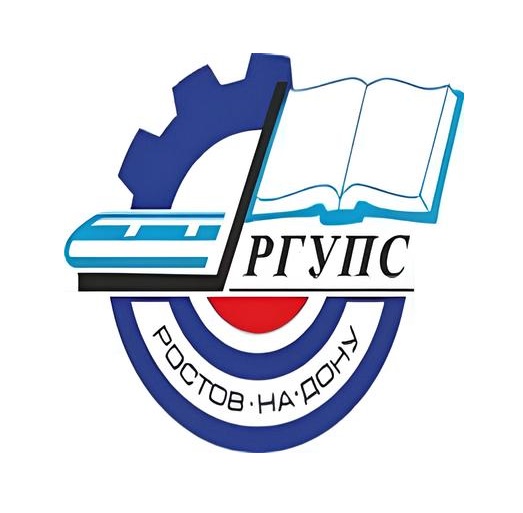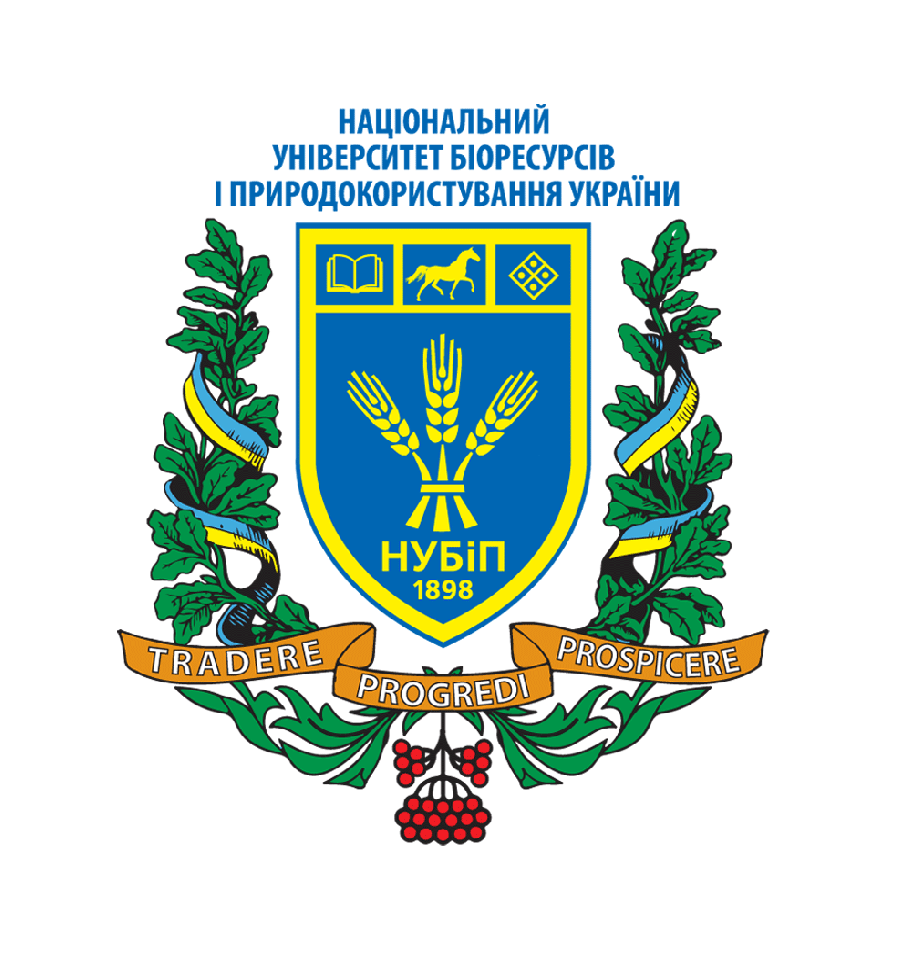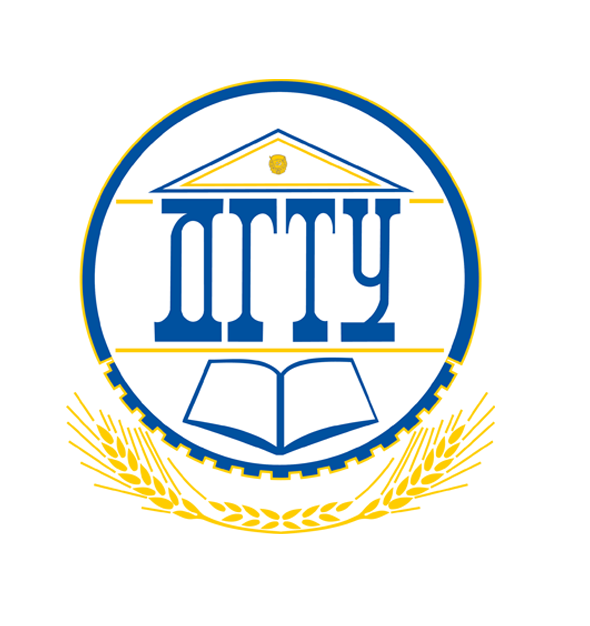Dynamics of Marketing Communication Platforms Used by Farmers to Access Information on Agriculture in Kakamega County, Kenya
Keywords:
Access to Information, Agricultural Information, Communication Platforms, Farm Inputs, Marketing CommunicationAbstract
Agriculture is fundamental to Kenya’s development as anchored in the in the Bottom-Up Economic blue print and Vision 2030. Despite the increasing promotional attempts by marketers, manufacturers and even government agencies, agricultural production is marred by low outputs, low uptake of farm inputs such as fertilizer, quality seeds, equipment, chemicals, and reluctance in adopting new agricultural innovations. The presence of various marketing communication approaches, several information platforms, and financial incentives to the clientele notwithstanding, the uptake of farm inputs is still very low. The objective of this study was to describe the dynamics of integrated marketing communication platforms that are used by farmers in accessing information on agriculture. The Uses and Gratifications Theory by Katz, Blumler, and Gurevitch was adopted because of its ability to examine diverse media and communication channel preferences among audiences. The theory advances the use of alterative media platforms where traditional ones are not effective. The researcher relied on Mixed-methods in actualizing the study. Simple random sampling was used to get 259 farmers, while purposive sampling was used to select Agricultural Society of Kenya officials and agricultural extension officers. Six agro-dealers were randomly selected while quota sampling was used to get media personnel. Data were collected through questionnaires, interviews, and focus group discussions. Qualitative and quantitative approaches were used in analysis and organization of results. Findings were presented descriptively and complemented by graphs, tables, percentages, and charts. This enabled the researcher to draw inferences that later informed the conclusions of the study which indicate that participants had access to multiple marketing communication platforms that they relied upon to access information on agriculture. The channels included both traditional and new media platforms such as radio, TV, SMS, interpersonal communication, and public barazas, which were effective in sharing information on agriculture. The study recommended the following; embracement of targeted marketing; empowerment of Agricultural field officers and increase collaborations with vibrant agricultural organizations; make use of integrated communication platforms that meet regional needs; utilization of social media to advertise; and finally, embrace continuous provision of agricultural information at all times.
Published
How to Cite
Issue
Section
Copyright (c) 2023 Geoffrey Juma Lumbasi, Dr. Lydia Anyonje, Prof. Jacob. W. Wakhungu

This work is licensed under a Creative Commons Attribution-NonCommercial 4.0 International License.
Most read articles by the same author(s)
- Felister Nyaera Nkangi, Lydia Anyonje, Egara Kabaji, Influence of Mass Media Messages on Audience Perception Regarding Patient Rights Among the Residents of Mt. Elgon, Bungoma County, Kenya , African Journal of Empirical Research: Vol. 5 No. 3 (2024): Jul-Sep 2024
- Judy B. Chepngeno, Lydia Anyonje, Utilization of Interpersonal Communication Channels in the Uptake of Cervical Cancer Screening at Moi Teaching and Referral Hospital, Kenya , African Journal of Empirical Research: Vol. 4 No. 2 (2023): Jul-Dec 2023
- Beryl Teresa Adhiambo, Lydia Anyonje, Egara Kabaji, Communication Strategies Employed By 103.9 MMUST Fm to Capture Listeners’ Attention Regarding COVID-19 Pandemic in Lurambi Sub-County, Kenya , African Journal of Empirical Research: Vol. 5 No. 4 (2024): Oct-Dec 2024
- Isaac Wamalwa Manje, Egara Kabaji, Lydia Anyonje, Kizito Muchanga, Faith-based radio and strategic peacebuilding: Programming for electoral calm in Kenya , African Journal of Empirical Research: Vol. 6 No. 3 (2025): Jul-Sep 2025
- Philip Kiprotich Chebunet, Egara Kabaji, Lydia Anyonje, Structures of FM Radio Talk Shows Listened to by University Students in Eldoret Town, Kenya , African Journal of Empirical Research: Vol. 5 No. 4 (2024): Oct-Dec 2024
- Isaac Wamalwa Manje, Egara Kabaji, Lydia Anyonje, Kizito Muchanga, Messages that matter: Themes of peace in faith-based radio during Kenya’s 2022 general elections , African Journal of Empirical Research: Vol. 6 No. 3 (2025): Jul-Sep 2025
- Brian Juma Khisa, Dr. Lydia Anyonje, Dr. Joyce Kasili, Prof. Egara Kabaji, Evaluation of communication strategies used during the 2022 general elections in Shinyalu constituency, Kenya , African Journal of Empirical Research: Vol. 6 No. 3 (2025): Jul-Sep 2025























